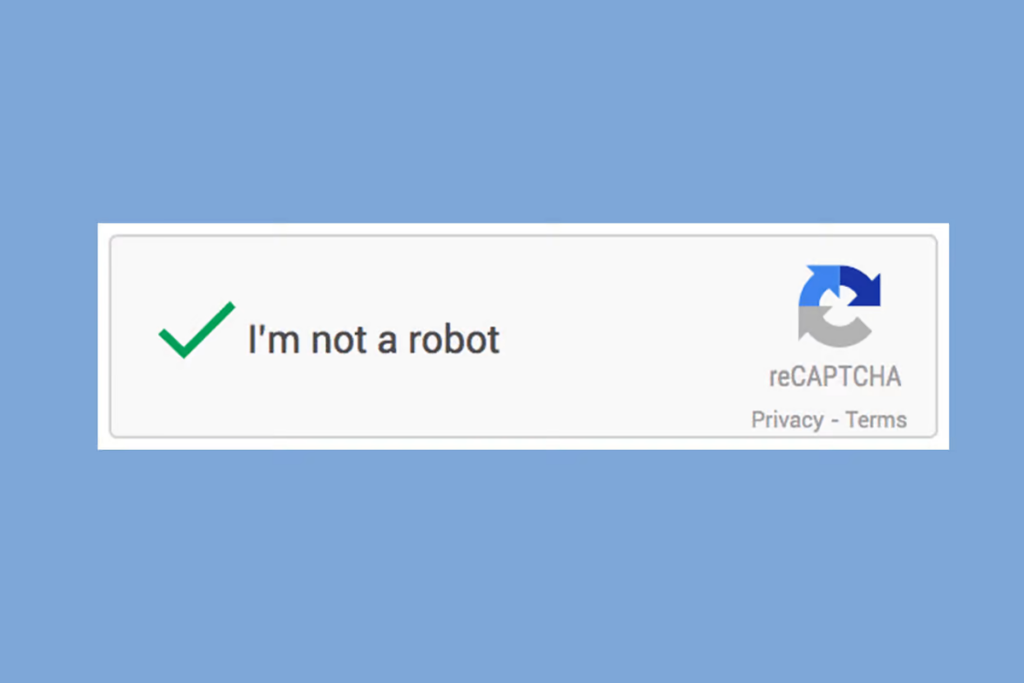
In today’s digital landscape, the “I’m Not a Robot” checkbox has become a ubiquitous tool for distinguishing human users from automated bots on websites. This article delves into the technological barriers that prevent robots from circumventing this simple but effective human verification step, the strategic design behind CAPTCHA systems, and the ongoing challenges and developments in cybersecurity.
The Role of CAPTCHA in Online Security
CAPTCHA (Completely Automated Public Turing test to tell Computers and Humans Apart) is a crucial defense mechanism employed by websites to prevent automated scripts from performing malicious activities, such as spamming forms, creating fake accounts, or conducting automated attacks.
Technological and Behavioral Challenges for Bots
- Complexity of Visual and Audio Challenges: CAPTCHA challenges often involve tasks like identifying distorted text, selecting specific images, or deciphering audio snippets. These tasks are intentionally designed to be easy for humans but difficult for machines lacking advanced image recognition or natural language processing capabilities.
- Behavioral Analysis: Beyond solving visual puzzles, CAPTCHA systems analyze user behavior during interaction with the checkbox. Human users exhibit unique behavioral patterns, such as mouse movements, click timing, and navigation consistency, which automated bots struggle to simulate accurately.
- Adaptive and Evolving Systems: Modern CAPTCHA systems employ adaptive strategies that evolve based on user interactions and historical data. This dynamic adaptation makes it increasingly challenging for bots to predict and bypass verification challenges effectively.
Limitations of AI and Machine Learning
While AI and machine learning have made significant strides, bots encounter several technological limitations when attempting to bypass CAPTCHA systems:
- Contextual Understanding: Bots often lack contextual understanding and semantic reasoning abilities required to interpret diverse CAPTCHA challenges accurately.
- Pattern Recognition Deficiencies: Despite advancements in image and speech recognition, generalized pattern recognition necessary for solving varied CAPTCHA challenges in real-time remains a computational and algorithmic challenge for automated scripts.
Implications for Cybersecurity
The robustness of CAPTCHA in thwarting automated attacks has profound implications for cybersecurity:
- Mitigating Automated Threats: CAPTCHA verification mitigates risks associated with automated account creation, credential stuffing attacks, and spamming activities, thereby safeguarding user data and system integrity.
- Preserving User Trust: By enhancing security measures, websites preserve user trust and credibility, fostering a safer online environment for transactions, communications, and information sharing.
Future Directions and Challenge
As technology continues to evolve, the landscape of CAPTCHA and bot detection mechanisms faces ongoing challenges and opportunities:
- Advancements in AI: Continued advancements in AI technologies may lead to more sophisticated bots capable of circumventing traditional CAPTCHA challenges, necessitating ongoing innovation in verification methods.
- User Experience Enhancement: Balancing security with user experience remains paramount, prompting efforts to develop seamless and user-friendly verification processes that minimize user friction while enhancing security measures.
The “I’m Not a Robot” checkbox serves as a pivotal safeguard against automated threats in the digital realm, leveraging intricate puzzles and behavioral analysis to differentiate between human users and bots effectively. By continually evolving CAPTCHA mechanisms and integrating advanced technologies, websites can stay ahead of emerging cyber threats while preserving user trust and security in an increasingly interconnected world.